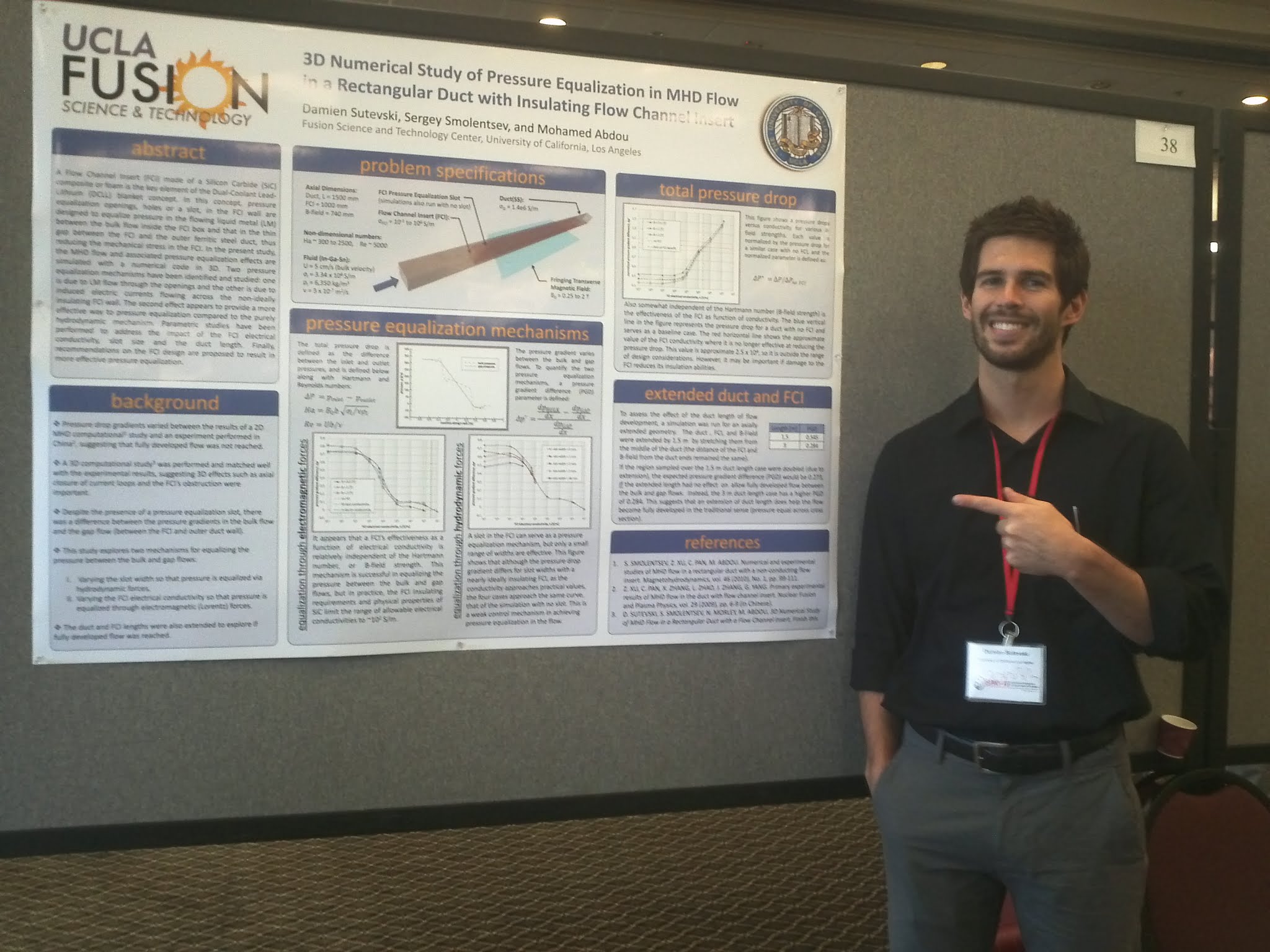
3D numerical study of pressure equalization in MHD flow in a rectangular duct with insulating flow channel insert
A flow channel insert (FCI) made of a Silicon Carbide (SiC) composite or foam is the key element of the dual-coolant lead-lithium (DCLL) blanket concept. Pressure equalization openings in the FCI wall are designed to equalize possible pressure differences in the flowing liquid metal (LM) between the bulk flow inside the FCI box and that in the thin gap between the FCI and the outer ferritic steel duct, thus reducing the mechanical stress in the FCI. In the present study, the MHD flow and associated pressure equalization effects are simulated with a numerical code in 3D. Two pressure equalization mechanisms have been identified and studied: one is due to LM flow through the flow equalization slot, and the other is due to induced electric currents flowing across the non-ideally insulating FCI wall. The second effect appears to both dominate and provide a more effective way of pressure equalization compared to the purely hydrodynamic mechanism. Parametric studies have been performed to address the impact of the FCI electrical conductivity, slot size, and the duct length. Finally, recommendations on the FCI design are proposed to result in more effective pressure equalization.
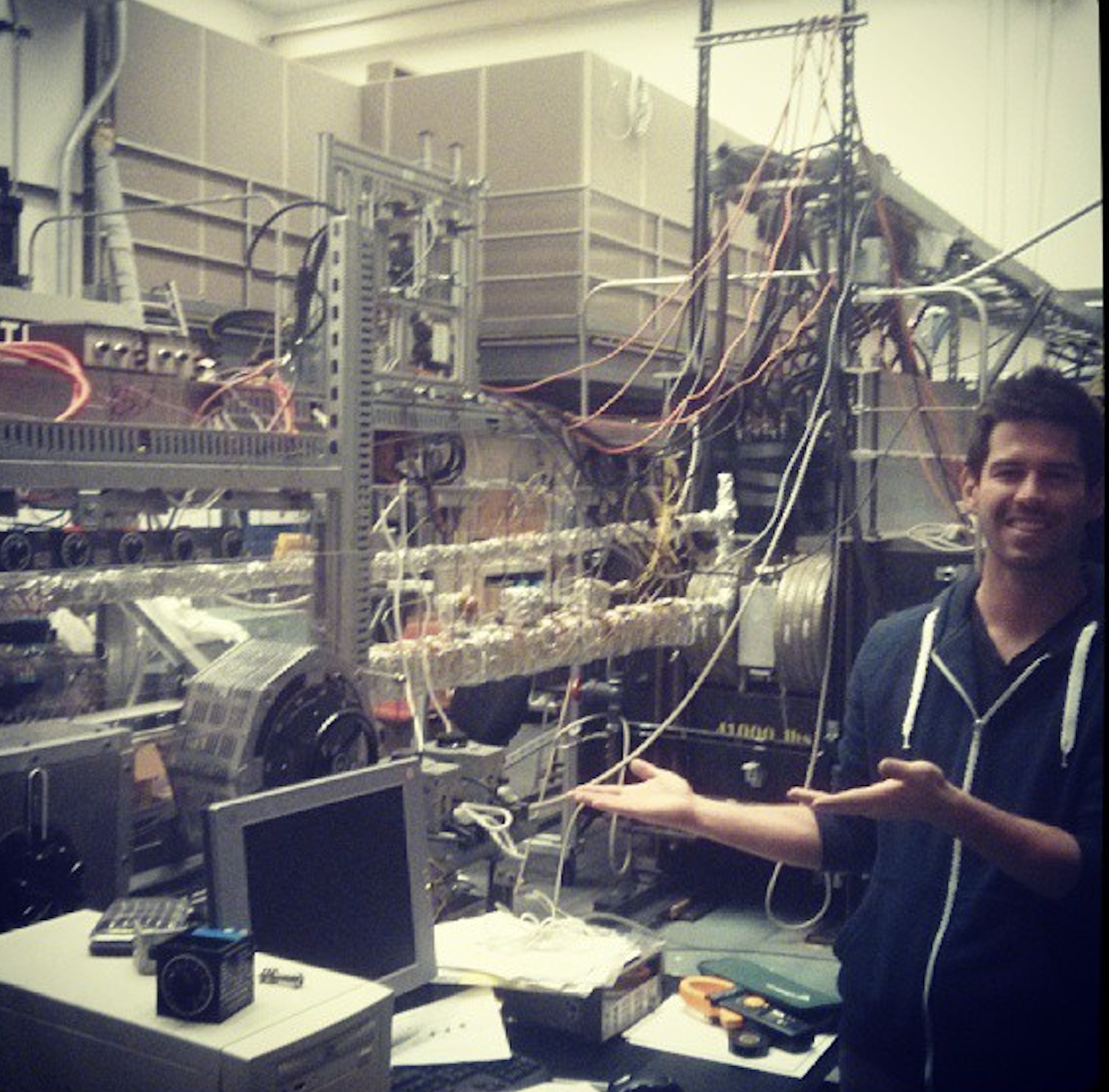
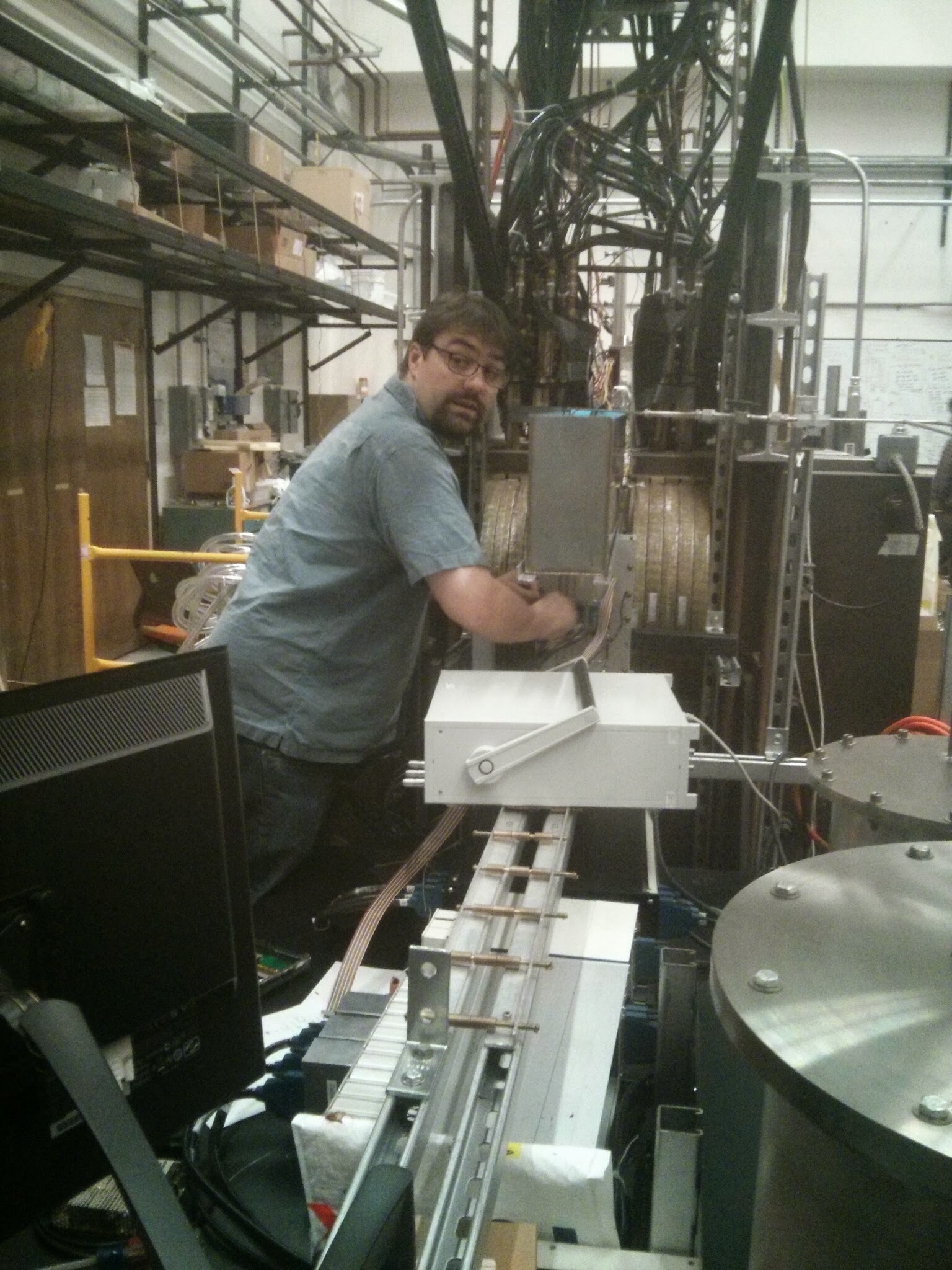

Experimental and numerical studies of pressure drop in PbLi flows in a circular duct under non-uniform transverse magnetic field
Experiments and three-dimensional (3D) numerical simulations are performed to investigate the magnetohydrodynamic (MHD) characteristics of liquid metal (LM) flows of molten lead-lithium (PbLi) eutectic alloy in an electrically conducting circular duct subjected to a transverse non-uniform (fringing) magnetic field. An indirect measurement approach for differential pressure in high temperature LM PbLi is first developed, and then detailed data on pressure drop in this PbLi MHD flow are measured. The obtained experimental results for the pressure distribution are in good agreement with numerical simulations. Using the numerical simulation results, the 3D effects caused by fringing magnetic field on the LM flow are illustrated via distributions for the axial pressure gradients and transverse pressure differences. It has been verified that a simple approach for estimation of pressure drop in LM MHD flow in a fringing magnetic field proposed by Miyazaki et al. [22] i.e., a simple integral of pressure gradient along the fringing field zone using a quasi-fully-developed flow assumption, is also applicable to the conditions of the present experiment providing the magnetic interaction parameter is large enough. Furthermore, for two different sections of the LM flow at the entry to and at the exit from the magnet, it is found that the pressure distributions in the duct cross sections in these two regions are different.
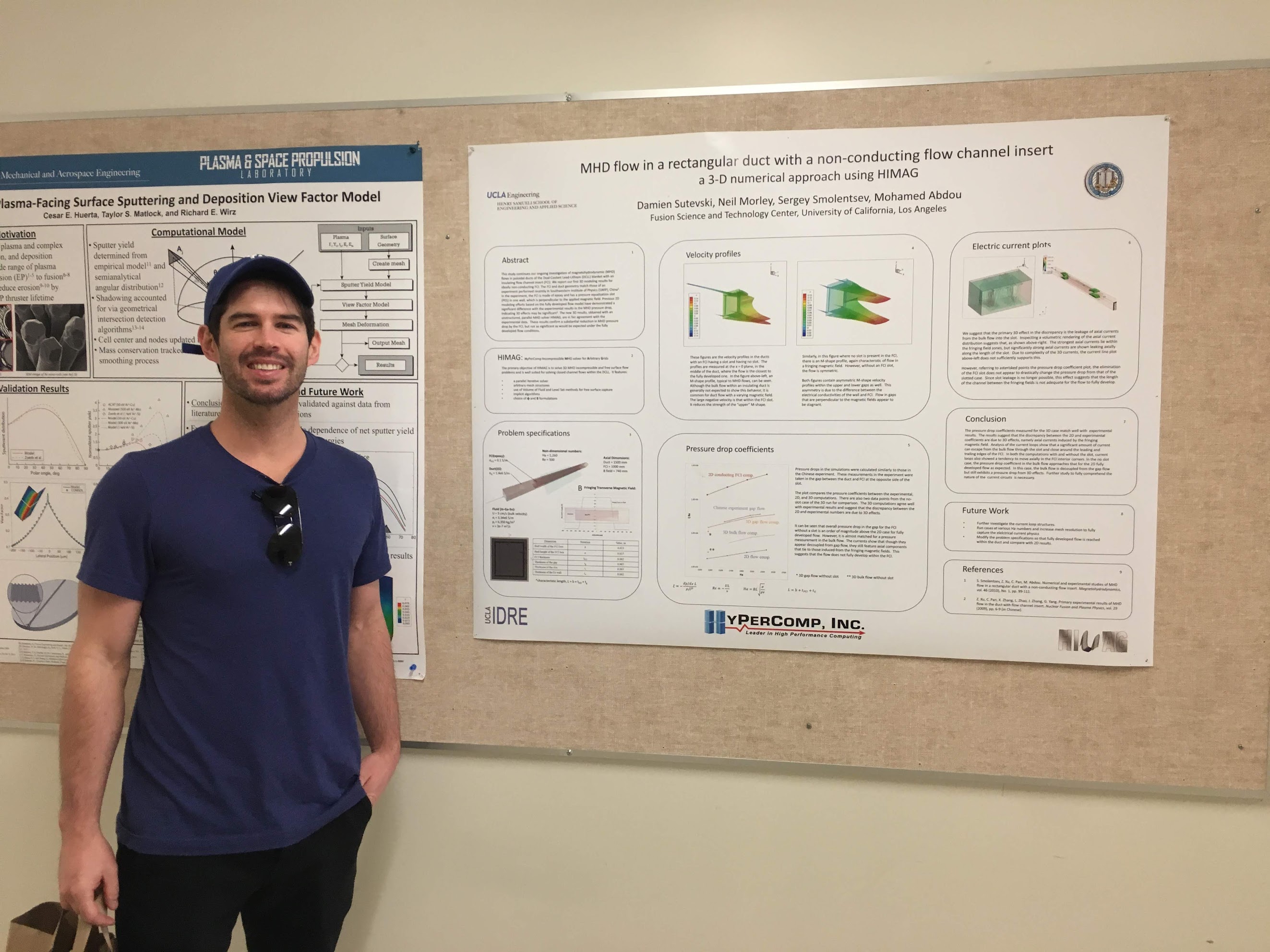
3D numerical study of MHD flow in a rectangular duct with a flow channel insert
This study continues our ongoing investigation of magnetohydrodynamic (MHD) flows in poloidal ducts of the Dual-Coolant Lead-Lithium (DCLL) blanket with an insulating flow channel insert (FCI). We report our first 3D modeling results for an approximately ideally non-conducting FCI. The FCI and duct geometry match those of an experiment performed recently in Southwestern Institute of Physics (SWIP), China. The experimental FCI is made of epoxy and has a pressure equalization slot (PES) in one wall, which is perpendicular to the applied magnetic field. Previous 2D modeling efforts based on the fully developed flow model have demonstrated a significant difference with the experimental results in the MHD pressure drop, indicating 3D effects may be significant. The new 3D results, obtained with an unstructured, parallel MHD solver HIMAG, are in fair agreement with the experimental data. These results confirm a substantial reduction in MHD pressure drop by the FCI, but not as significant as would be expected under fully developed flow conditions.
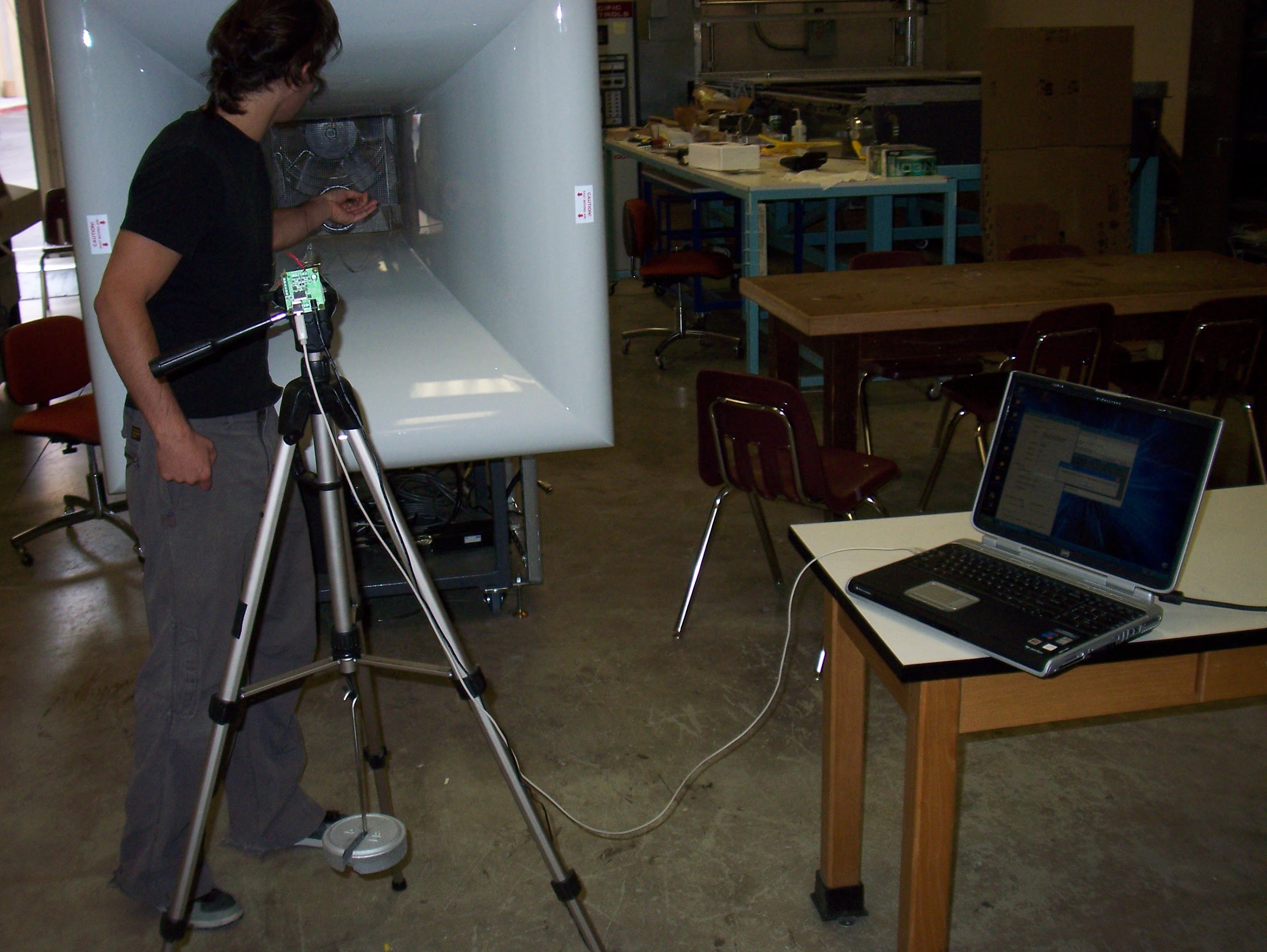


Rotational ring wing flight stability experiment
This was an independent studies experiment with my friend Ryan Conversano. We wanted to explore and parameterize flight stability profiles for ring wings experimentally using a wind tunnel at UCLA. We constructed a ring wing with internal spokes behind the centers of both lift and gravity (making it aerodynamically unstable) and affixed to a central axis rod. The rod was spun with a servo motor at controllable rotational speeds. Without rotating, the ring wing would fly chaotically in the wind tunnel banging around inside. But once the servo reached a minimal speed (relative to the wind tunnel flow speed presumably), the ring wing would stabilize as shown here!! We had a heavy quarter as was, so I regret that we didn't spend more time on it or continue it later. I definitely feel this proof of concept was enough to gather sufficient data and find a publishable non-dimensional characteristic number or two.
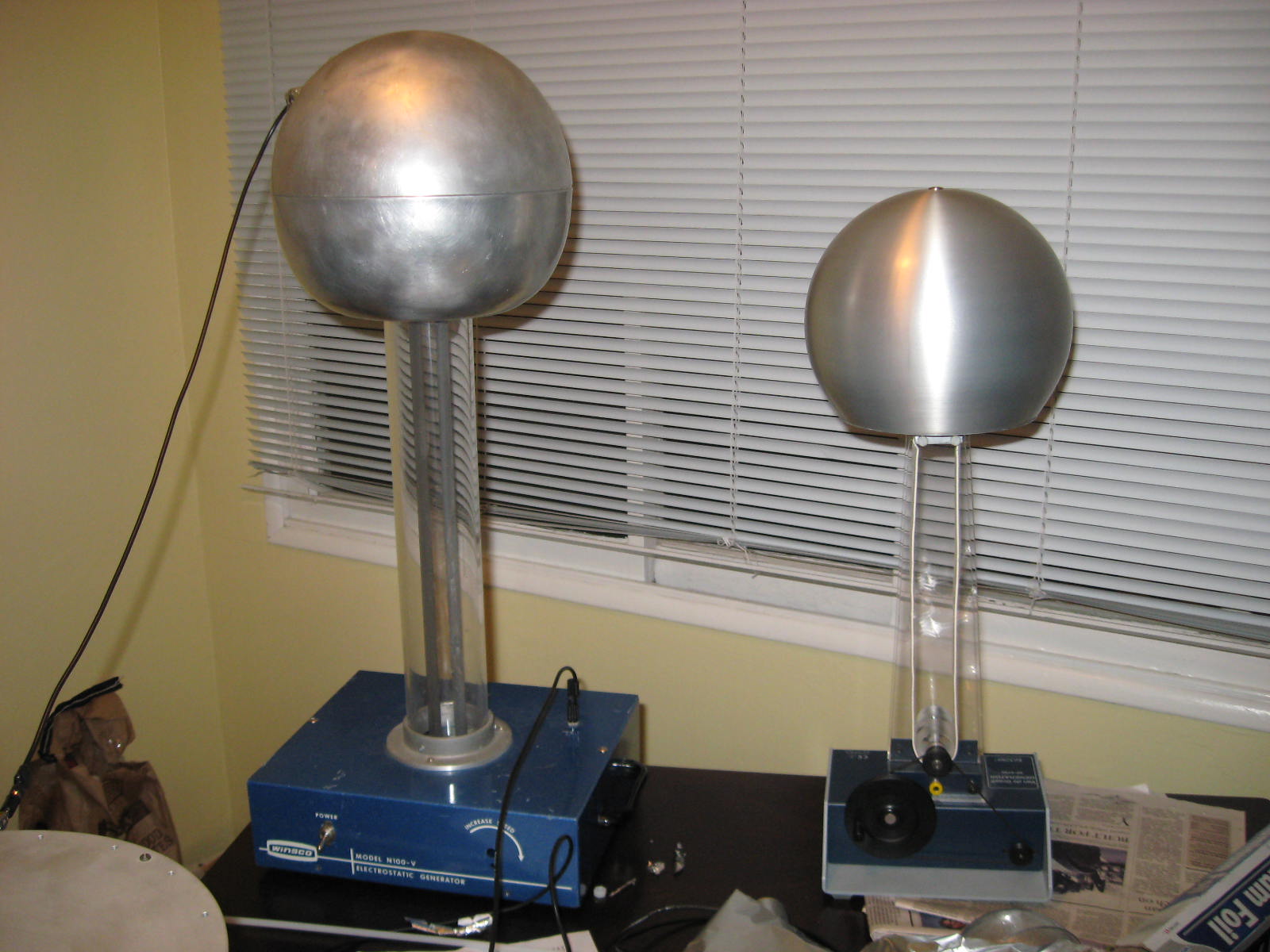
Capacitor levitation thing
Was hanging out with my friend Peter, and he had some high voltage generator from a fan or something that we attached to some metal plates. We were throwing whatever in there but eventually somehow tried a twisted foil. It floated in between the plates stabily, rapidly spinning! I was really curious how it worked and approached a physics professor at UCLA who leant me a Van de Graaff generator (for high voltages) to continue experimenting with it. Built a large version of the "capacitor" plates, and we theorized on the aerodynamics and electromagnetic forces that could be responsible for the effect but had no solid conclusions. I studied it a bit further as a grad class project later. Still curious what is going on here!